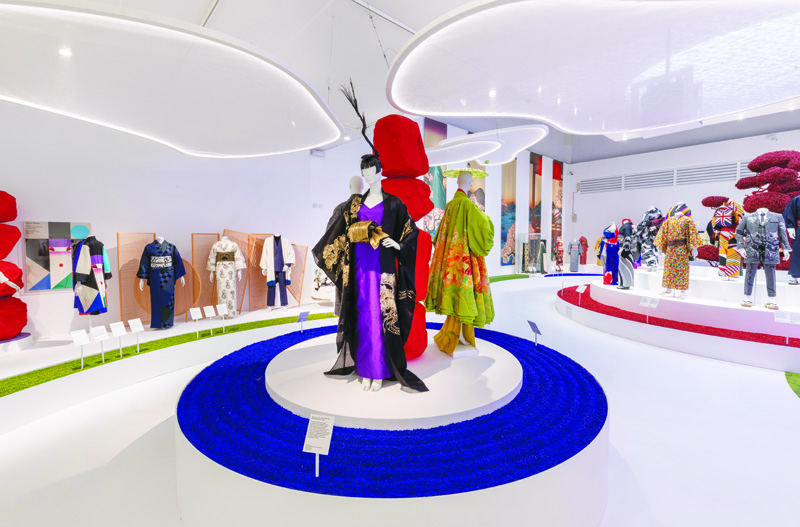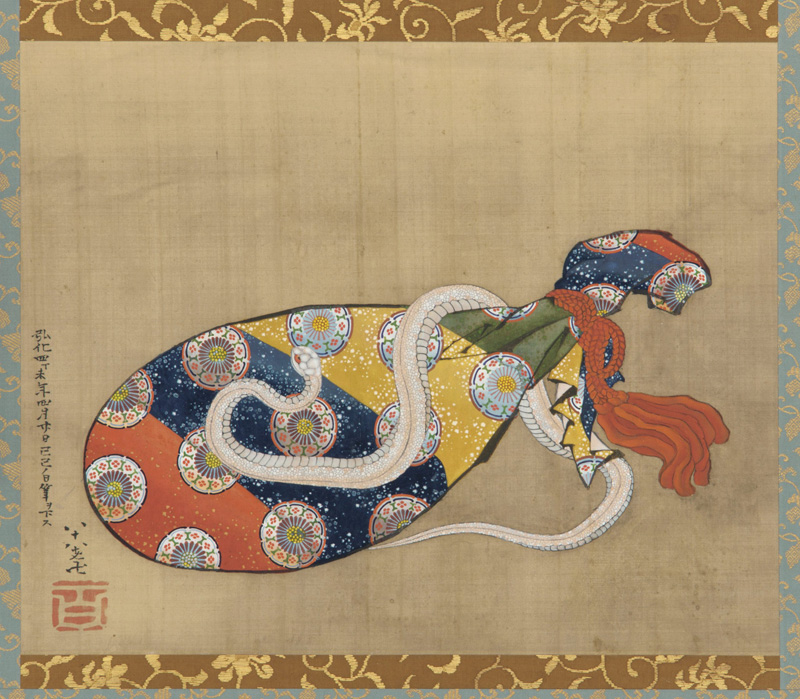See what’s going on online this week at museums in the US and abroad!
Farther Afield: Tokyo Clothes
An exhibition in London examines the kimono, past and present
Homage to Hokusai at the Freer
Although best known for his woodblock prints, the Japanese artist Katsushika Hokusai was never satisfied with that medium, in which another hand, the block cutter’s, was expected to finish the work he himself had begun.
Case History: Lost and found
How a tsunami-tossed pair of sacred Japanese artifacts found their way across the Pacific and back home again. Surrounded by seagulls, the first kasagi discovered on the beach in Oceanside, Oregon, in March 2013. Photograph by Judson Randall. A wooden plaque mortised into the second kasagi to wash up in Oregon bore the name of the donor, Toshimi Takahashi, and …
Dealer Profile: Erik and Cornelia Thomsen
Erik and Cornelia Thomsen One of a pair of six-panel screens, Japanese, Edo period, seventeenth century. Ink and color on gold-leafed paper, 65 by 133 inches. Photographs are by courtesy of Erik Thomsen Asian Art, New York. Suzuribako (writing box), Japanese, Meiji period, c. 1900. Black lacquer with maki-e decoration on wood; height 1 ½, length 8, width 7 ¼ …
The Art of the Samurai at the Metropolitan Museum of Art
Selecting a single object from the myriad works on display in the Metropolitan Museum of Art‘s current exhibition Art of the Samurai (through January 10, 2010) presents a challenge. The exhibit, which Roberta Smith of the New York Times has called a “once-in-lifetime event for children, war buffs and connoisseurs of all ages, even garden-variety art lovers,” includes more than …
This Week’s Top Lots: September 14 – 18
* The first of several Asian art auctions kicked off this week with the Arthur M. Sackler collection sale at Christie’s New York on September 14, which totaled $3.2 million with 111 of 115 lots sold. The top lot was a 12th-11th century BC bronze ritual vessel that sold for $362,500 (estimate $20,000-30,000). Other top lots were a Qing Dynasty …




